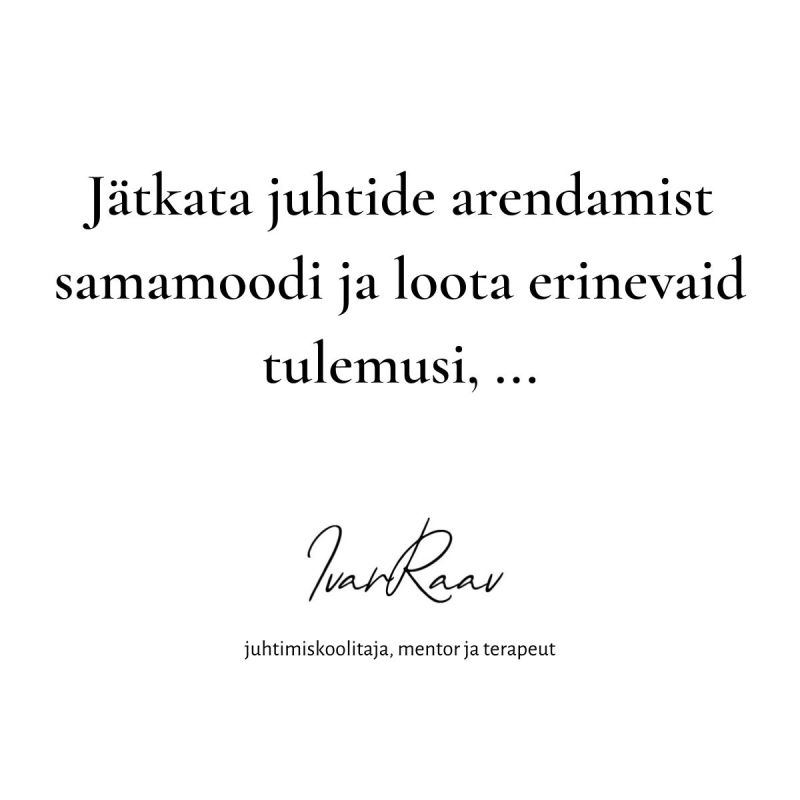In the world of management, it is no longer enough to teach future (top) leaders to delegate, manage change, deliver results, conduct development meetings and use strategic tools to outperform competitors. The next level of leadership starts with the subconscious, not with strategy and management techniques. A leader’s most important management tool is his or her own personality.
The top leader of the future is no longer just a deliverer of results, but:
🎓 a shaper of culture
🎓 a bearer of consciousness and personal inner world mastery
🎓 a keeper of the organisational subconscious and visibility.
I’ve worked with over a thousand leaders – training, mentoring, supporting in therapy – and there’s a thread running through most of the stories.
💡 A top leader cannot grow without encountering a very deep history of himself. The brake on growth is the anchor that subconsciously keeps you in the past.
Here are what I believe are the 5 steps that will set the stage for the development of the top leader of the future:
1️⃣ Integrating the Past
Leadership does not start with the future, but with how the leader’s own past is guiding him or her in the present moment. The wounds of the past drive today’s decisions more than we think. Experiences with clients show that it is these that really drive the leader and therefore the team.
2️⃣Making the unconscious visible
A self-aware leader can distinguish between decisions driven by fear, a need to belong, to be recognised or a deeper life calling. Subconscious patterns must become visible. When leadership is rooted in fear, the result is what we see today – a roundabout way of running for a few percent growth.
3️⃣ Transforming the ego
A successful leader is able to hold power without serving the ego. As Plato said – leaders should be those who DO NOT POWER. Such a leader doesn’t push down, doesn’t rescue, doesn’t manipulate – but creates a safe space where people can grow themselves. No one holds a glass ceiling in front of their fears.
4️⃣ The inner compass
A leader’s clarity does not come from strategy, but from the inner compass. When a leader knows why he or she is leading in the first place, leadership becomes easier and more honest. If he knows what a person is, what virtues mean and whether he is virtuous, our organisations will be far more competitive than any “successful” strategy could allow.
5️⃣ Developing the quality of the relationship
The impact of a top leader is measured not by the role he or she plays, but by the depth of the relationship he or she builds – does working with him or her make the other person more present as him or herself, more expressive of his or her own potential, which is unique to him or her and not to his or her role expectations? Is the leader’s leadership footprint advancing the individual or constraining him or her.
👉 If we want the leaders of the future, today we need to teach more about psychology and looking honestly and courageously at ourselves than about processes. More presence than control. More personal honesty than professional masks. The process and the whole of this strategy can be done successfully by AI.
How does it sound? Do we dare to do things differently than we have done so far by looking where it is uncomfortable and painful to look?

